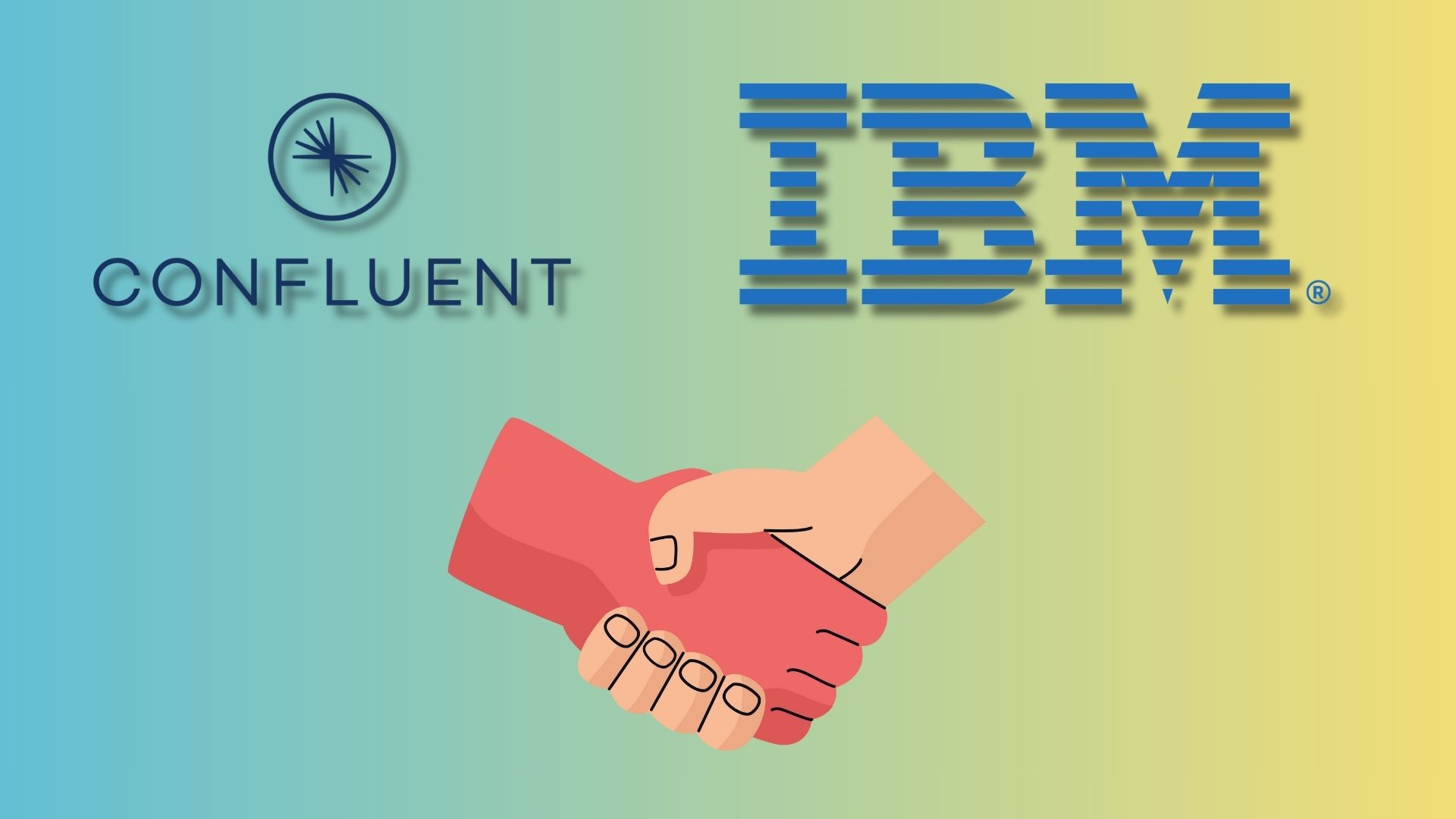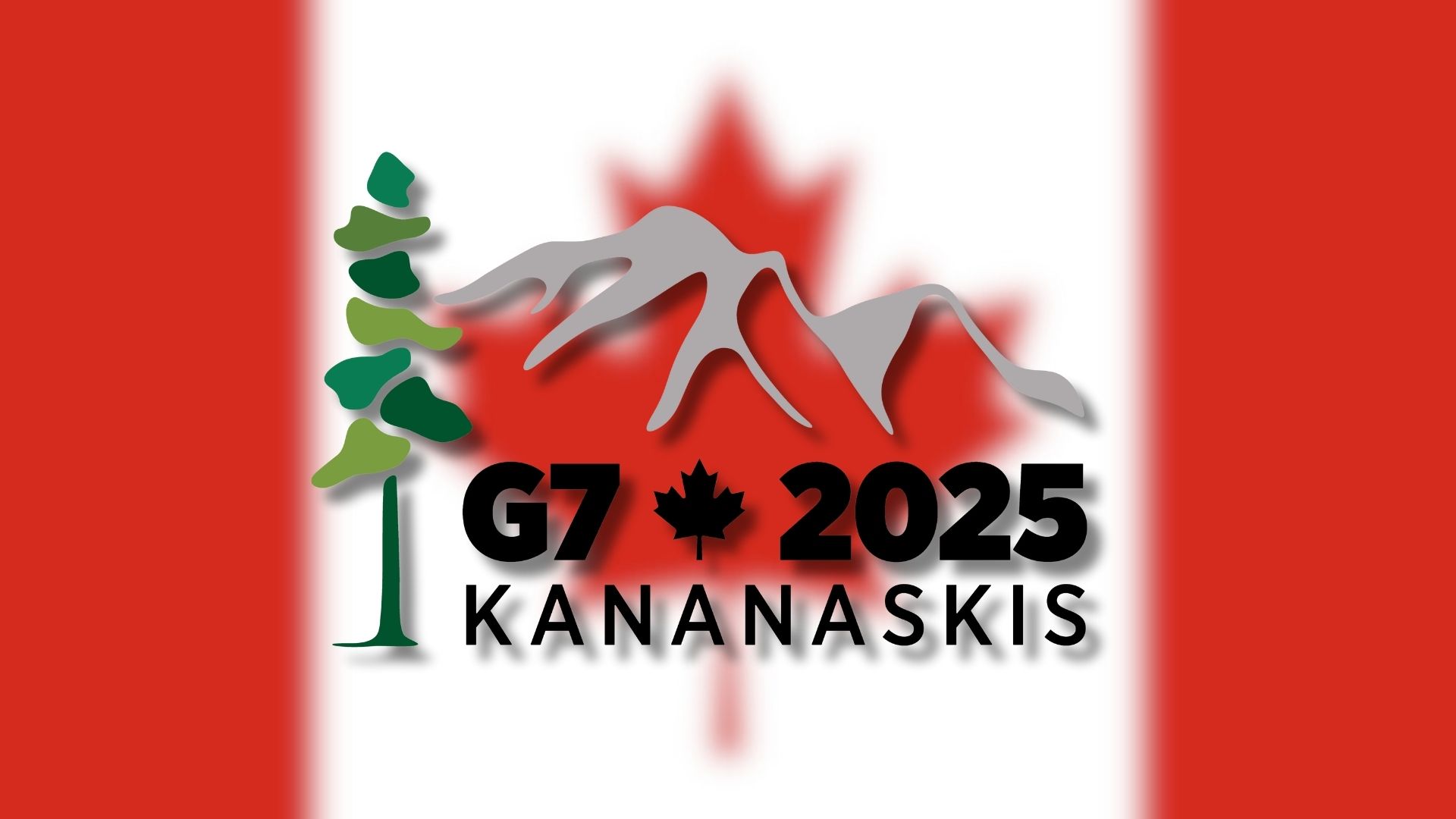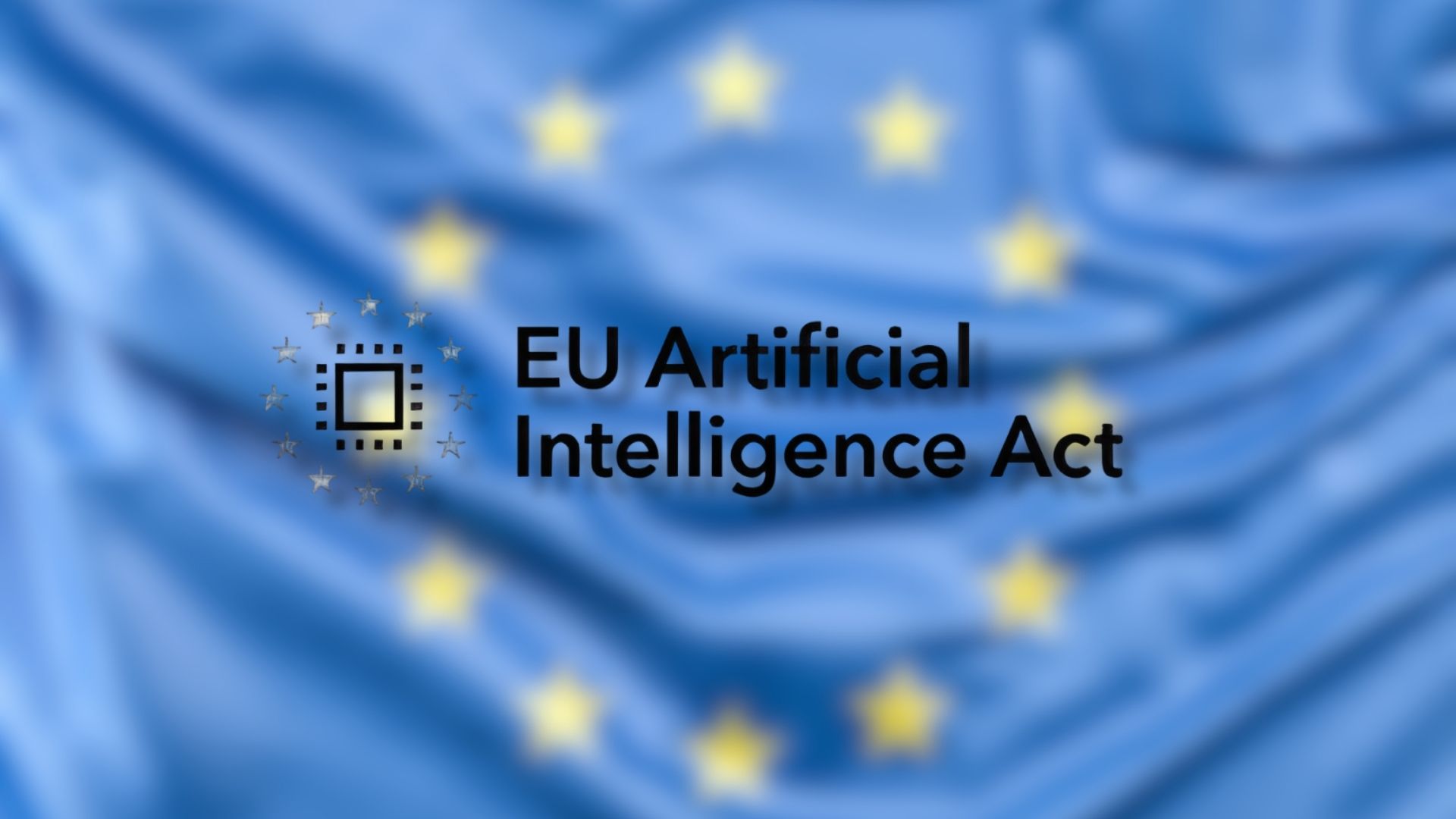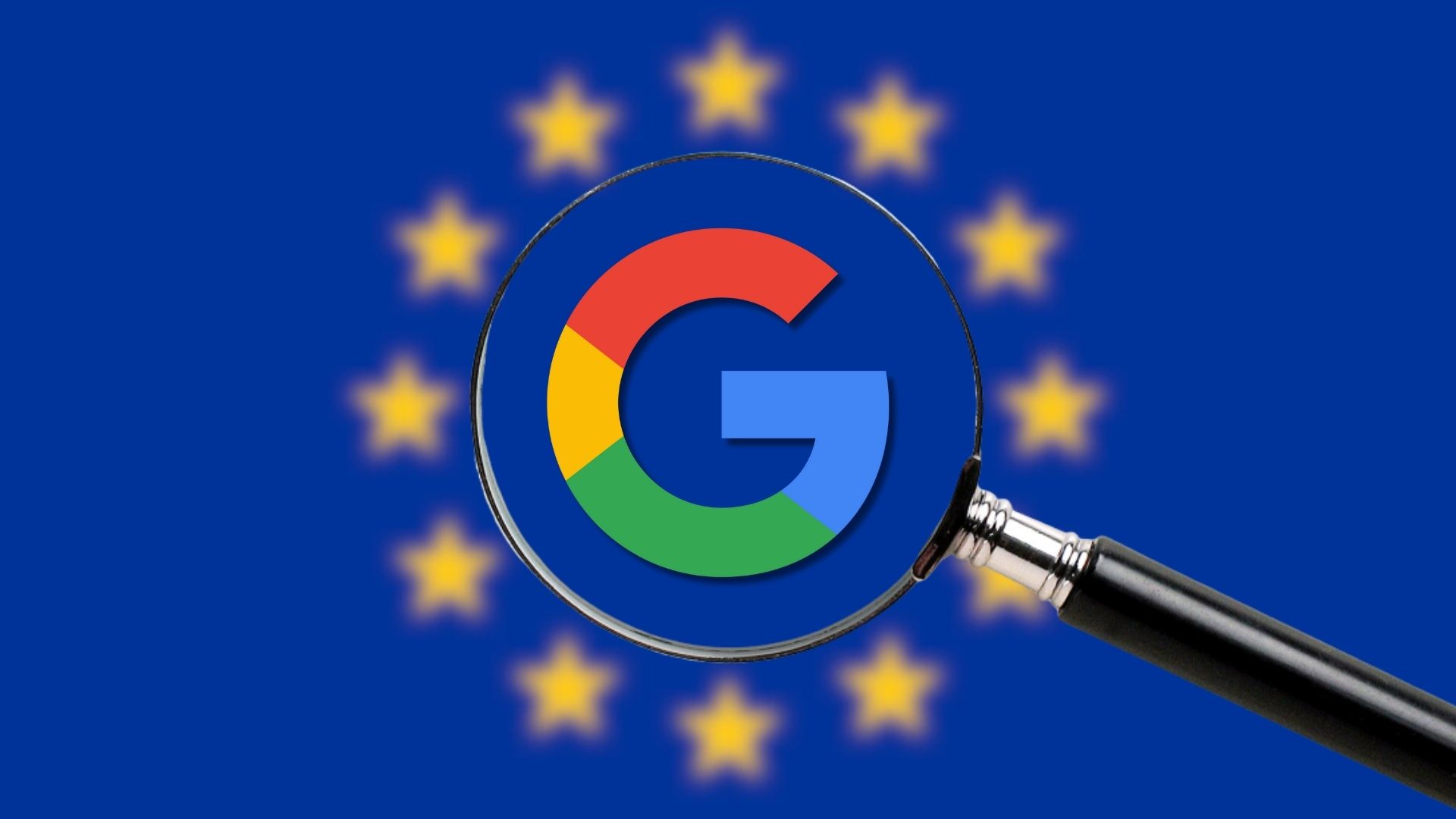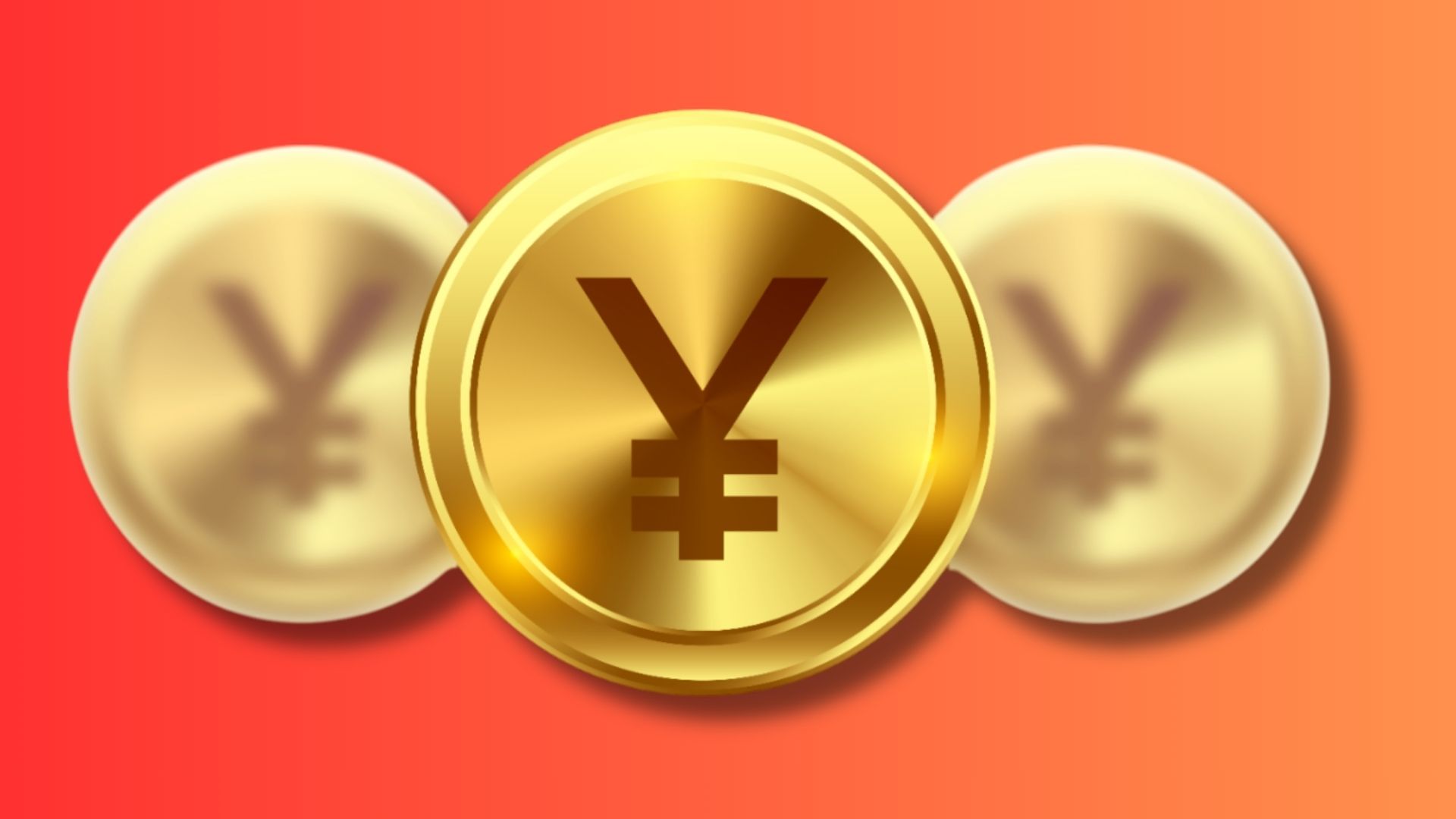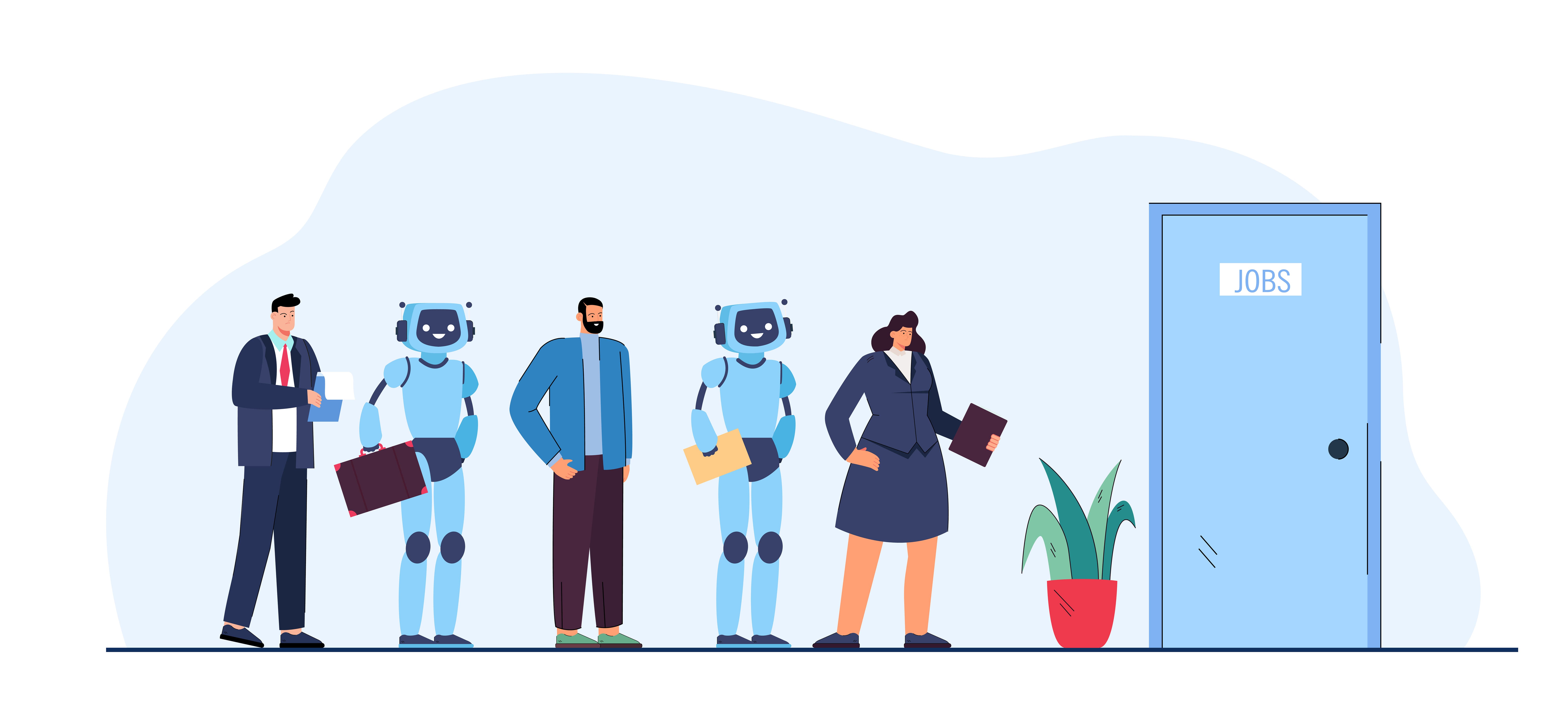IBM has agreed to acquire data streaming company Confluent in an all-cash deal valued at about $11 billion, signalling a major push to strengthen its data and AI capabilities for enterprise customers.
The acquisition brings Confluent’s real-time data streaming platform into IBM’s portfolio, aiming to help organisations connect, process, and govern data across hybrid cloud environments as AI agents and applications proliferate.
Both companies argue that faster, trusted data flows are becoming essential as enterprises deploy generative and agentic AI at scale, with real-time access increasingly seen as a prerequisite for reliable automation and decision-making.
IBM said the deal will support its ambition to offer an AI-ready data platform that integrates applications, analytics, and infrastructure. At the same time, Confluent sees the combination as a way to accelerate global reach and commercial execution.
The move reflects broader shifts in enterprise architecture, as demand for real-time data systems grows and competition intensifies around AI infrastructure, streaming technologies, and platforms built to support continuous, distributed workloads.
Would you like to learn more about AI, tech, and digital diplomacy? If so, ask our Diplo chatbot!

